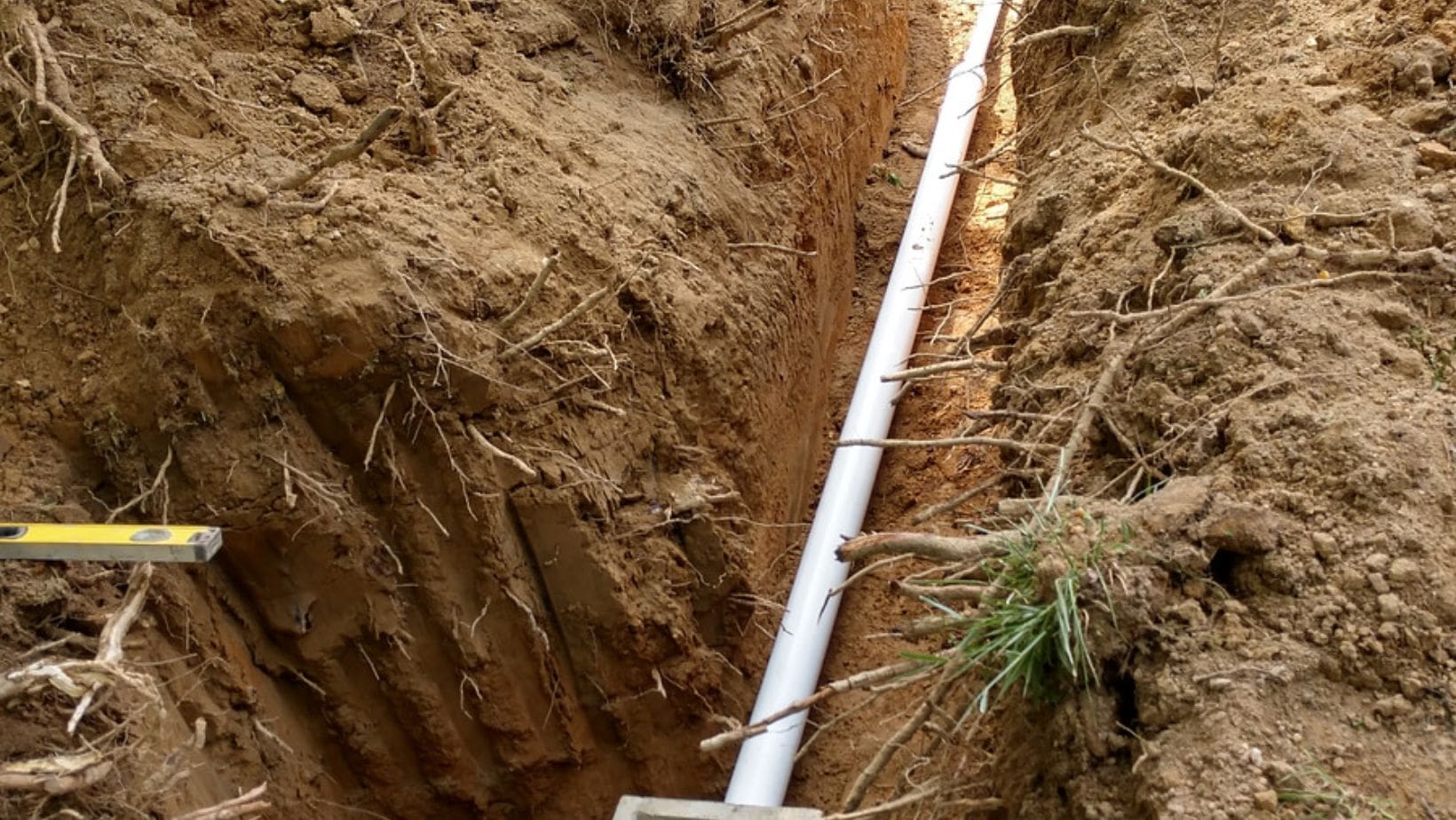1. Why Septic Repair Matters
Septic systems perform the vital job of treating household wastewater and protecting public health and the environment. Inadequate problem-solving can result in contamination, expensive replacements, and backups.
2. Recognizing Repair Signals: What Are the Signs?
A. Unpleasant Odors
If you notice foul or sewage-like smells around your drains or yard, it’s more than just offensive, it often means gases from a full or damaged tank are escaping.
B. Wet Spots or Lush Grass
Standing water or overly green, soggy grass near the drain field signals leaks or saturation.
C. Slow Drains or Backups
Sluggish sinks, toilets, or complete sewage backups are telltale signs your septic system needs immediate attention.
D. Persistently Frequent Pumping
If you’re pumping more often than the typical 3–5 years yet problems persist, the system may be compromised or undersized.
3. Repair vs. Replacement: Making the Right Choice
When to Choose Repair
- The system is relatively new (10 to 15 years old).
- Issues include minor leaks, slow drainage, or odors without serious structural failure.
- Symptoms like wet spots or limited failures are manageable.
When to Consider Replacement
- Persistent issues continue despite repairs.
- The system is near or past its typical lifespan (20–30 years).
- You observe major damage: cracked or corroded tanks, drain-field failure, or frequent backups.
- Repair costs exceed half the cost of a new system.
4. Understanding Common Repair Solutions
- Pump and Clean: Essential when sludge and scum levels are high.
- Clear Clogs or Roots: Snaking or hydro-jetting pipes can mitigate blockages, though roots may require pipe section replacement.
- Replace Baffles or Lids: Corroded or broken parts should be swapped out for functionality.
- Drain Field Rehabilitation: Repair failing leach lines or reroute water flow as needed.
5. What to Expect from a Professional Inspection
Professionals will:
- Check the amounts of sludge and scum to see if pumping is required.
- Assess the drain field for standing water, odors, and structural issues.
- Provide a report with findings and recommendations, including suggested repairs or replacements.
6. DIY Care That Supports Repairs
Maintaining your system alongside repairs can prevent future issues:
- Water Consciousness: Fix leaks, install low-flow fixtures, and space out laundry loads.
- Smart Disposal: Only flush human waste and toilet paper. Must avoid wipes, grease, and chemicals.
- Drain Field Protection: Keep vehicles and plants off the area, and avoid installing large-rooted landscaping.
- Gentle Cleaners Only: Use natural cleaners; avoid bleach and harsh chemicals that kill septic bacteria.
7. Cost Breakdown: What Will Repairs Cost?
- Inspection: Typically $150–$450.
- Pumping: Usually between $288 and $556; this varies according to tank size and availability.
- Minor Repairs: Varies widely – repair costs can reach $600–$3,000.
- Leach Field Fixes: Can be tens of thousands—professional rehabilitation is complex.
- Yard Cleanup: If spills occur, expect $7–$15 per square foot for sanitation.
8. Take Control – Using This Guide
- Recognize the issue: Watch for odors, backups, soggy ground
- Call a pro: Schedule inspection and pumping as needed
- Review findings: Determine if repair or replacement makes sense
- Support system health: Follow DIY maintenance tips consistently
- Invest wisely: Repairs now can prevent more expensive rebuilds later
Final Thoughts
Septic repair services don’t have to feel overwhelming. By recognizing warning signs, choosing between sensible repairs or replacements, and supporting your system with simple habits, you’re setting yourself up for long-term success and safety.
Regular maintenance and prompt service not only protect your home and health, they also protect your wallet. If you’d like help finding local septic services or understanding what to ask during an inspection, I’m here to help every step of the way.


